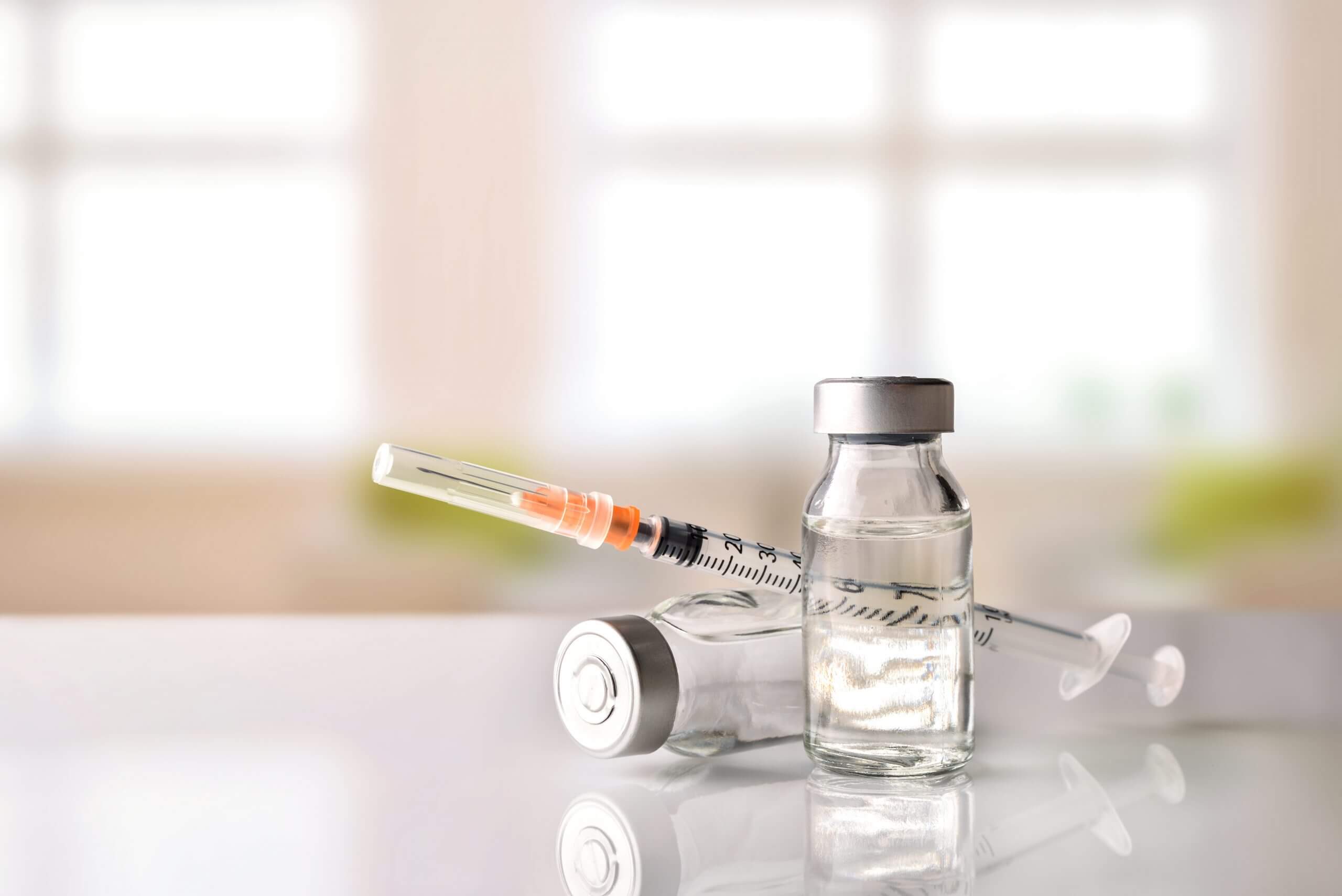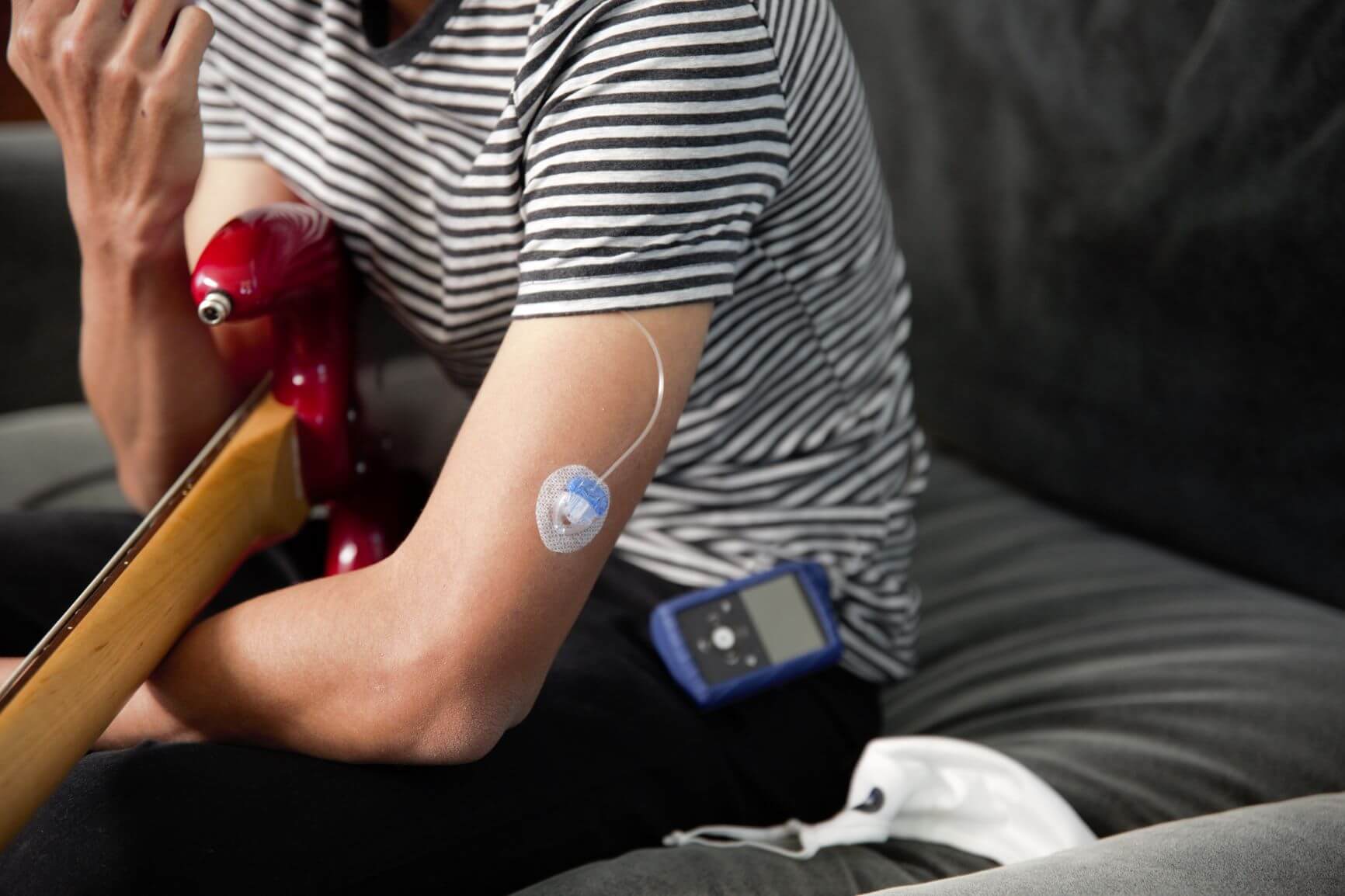Marking the 100-year anniversary of the discovery of insulin

Almost 100 years ago, the first successful insulin shot was delivered to a 14-year-old boy. Since that day, insulin has become a bigger, if not the biggest, part of managing diabetes. Insulin is now a life-saving medicine responsible for helping millions of people with diabetes manage their blood sugar. In short, the discovery of insulin was a milestone not just for medicine but humanity as a whole. As we celebrate the centennial anniversary of this landmark and World Diabetes Day, let’s take a brief look back at the discovery of insulin and how lives have changed since.
What Is Insulin and Where Does It Come From?
Insulin is a protein that is produced in the pancreas, and is vital in the regulation of blood sugar. For those with diabetes, the pancreas either does not make insulin, not enough insulin, or the body doesn’t use the insulin effectively. For those with type 1 diabetes, and for some with type 2, insulin is required, either via injection or infusion.
The Discovery of Insulin With Banting and Best
In the late 1880s, scientists found when the pancreas was removed from canines, that they would develop symptoms of diabetes. This led to the discovery that the pancreas produced insulin.
The Discovery of Insulin With Banting and Best
So how did humans begin to harvest insulin to treat diabetes? It began with the work of Dr. Frederick G. Banting, who had the idea to isolate hormones in the pancreas to treat diabetes. He teamed up with Charles Best, a student at the University of Toronto, and both men began testing their pancreatic extractions on dogs. The first successful test of this extraction happened in August 1921, when it was named Isletin.
The First Human Trials
By January of the next year, their pancreatic extract was ready for human testing. That’s when 14-year-old Leonard Thompson received his first dose in Canada, setting the stage for millions of people with diabetes after him. Banting and Best continued to work on this extract and by May 1922, they had further purified it and gave it the name insulin. Soon after, the son of the vice president of Eastman Kodak was the first to receive an insulin dose in the United States, and it was accepted by medical practitioners around the world.
Early Insulin
The earliest forms of insulin as medication were created by harvesting tissue from cows and pigs. Insulin manufacturers collected glands provided by the meatpacking industry. It took nearly two tons of pig or bovine parts to produce just eight ounces of purified insulin. But science found a better way. In the early 1980s, scientists began to produce synthetic insulin. Humulin, one of the first insulin medications, was created by inserting human DNA into host cells. These cells would then grow and produce insulin normally, which could be collected for distribution. This synthetic insulin is the primary insulin medication used today.
Insulin led Innovations
In 1923, Banting and Best each received a Nobel Prize for discovering insulin, one of many accolades they earned after refining the formula over two years. Over the next several decades, more innovations followed. In the 1950s, researchers began to distinguish between type 1 and type 2 diabetes, and the first disposable plastic syringes were developed. By the 1980s, synthetic insulin and MiniMed insulin pumps hit the market.
The 2000s saw the development of high-tech insulin delivery systems, leading to smart insulin pens that combine the convenience of reusable insulin pens with the statistical insight of insulin pumps.



